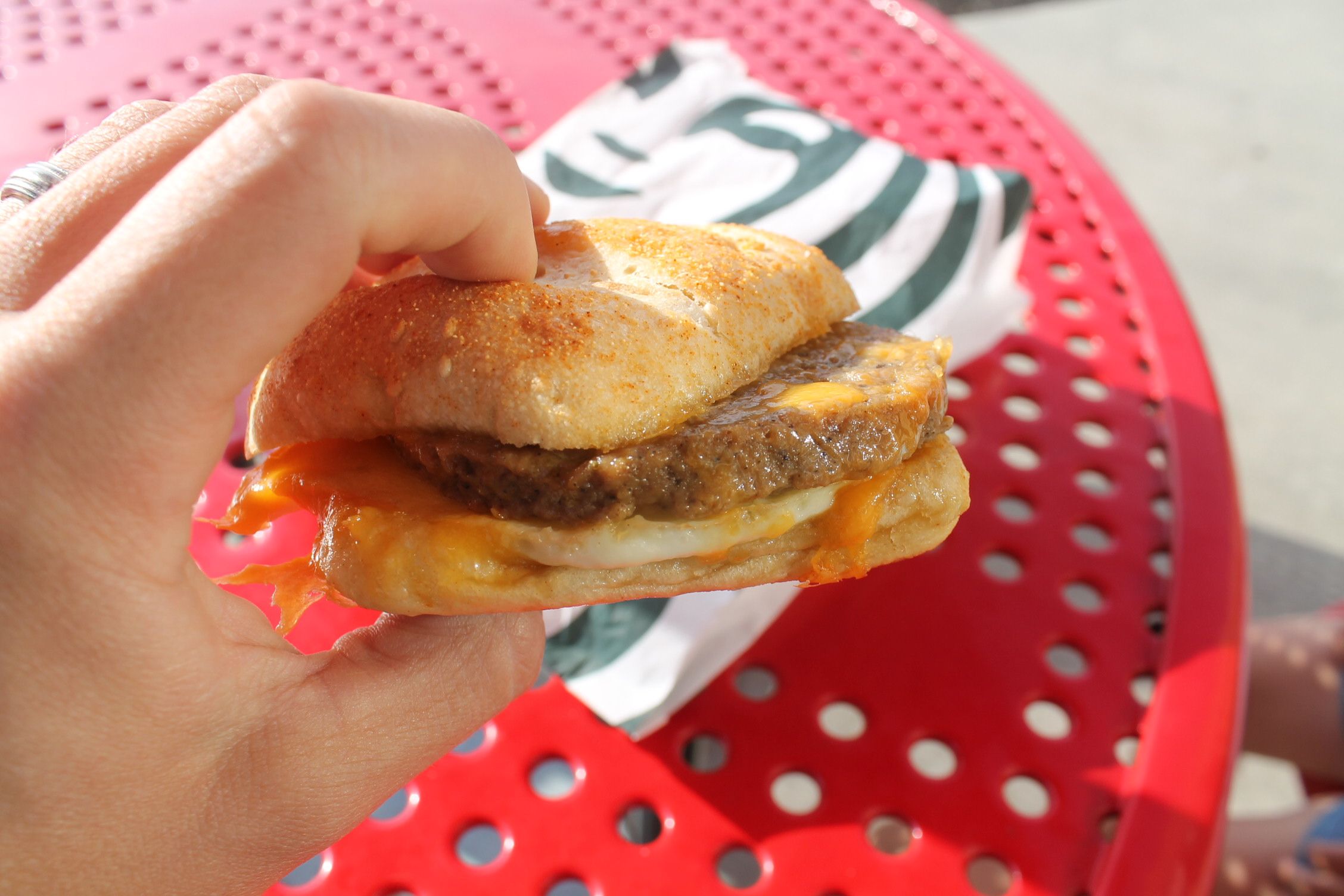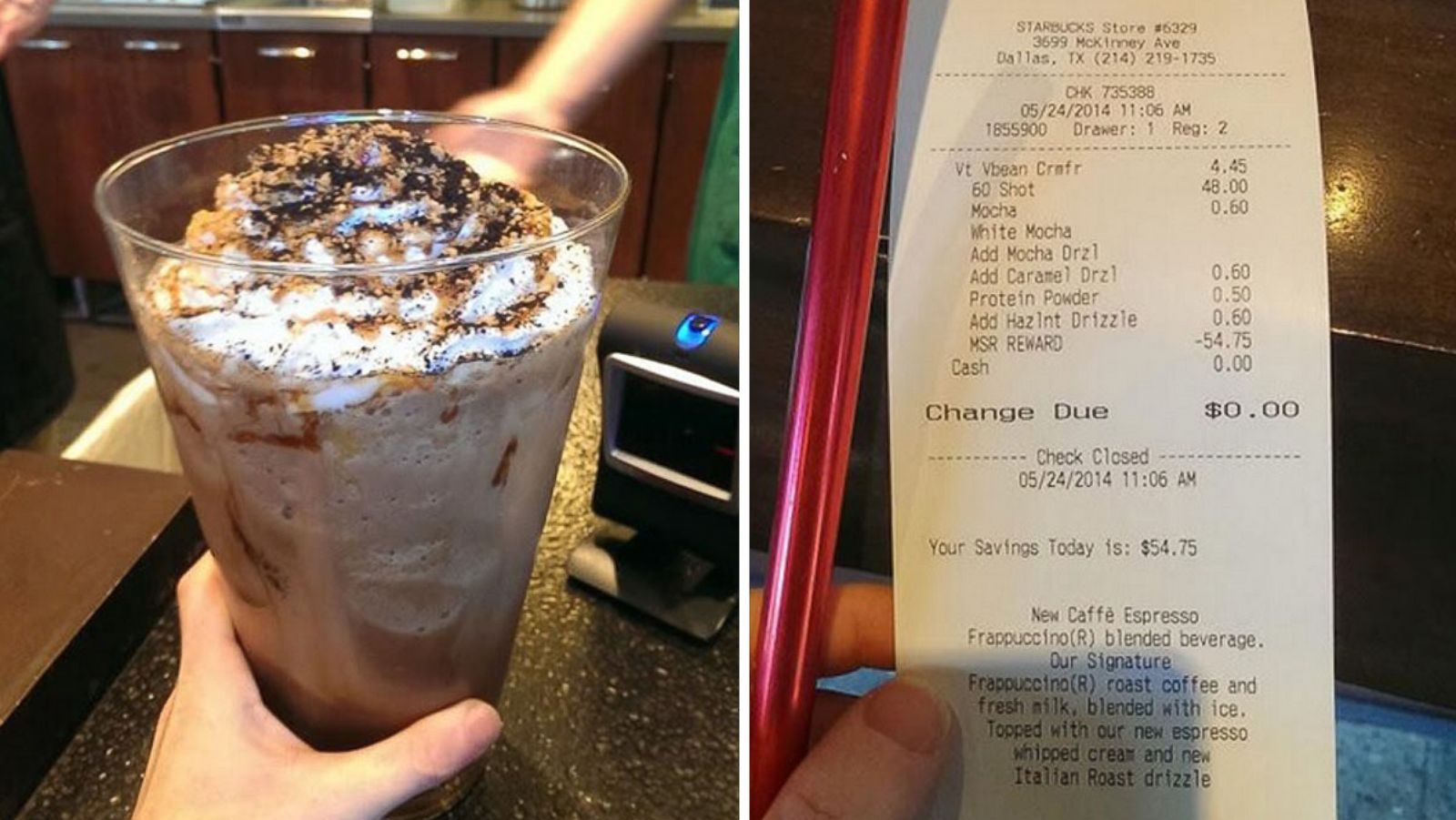As one of the largest coffeehouse chains globally, Starbucks features an extensive bakery and breakfast menu containing diverse croissant options beloved by customers. This guide provides an in-depth look at Starbucks’ complete croissant menu, exploring the varieties offered, strategies for customization, nutritional information, ordering mobile app deals, how their quality compares to smaller artisanal bakeries, and preparation methods used in stores.
We’ll cover everything from tasting the difference between a Classic Cheese Danish versus a Double Chocolate Croissant to hacking your croissant order to get it perfectly warm and crispy straight from the oven. As Starbucks continues expanding its food menu with increased pastry presence, read on for tips and tricks to optimize your next Starbucks croissant experience. For croissant aficionados, learn how Starbucks’ global adaptation of this iconic French pastry ultimately compares to an authentic Parisian boulangerie version.
I focused on organically incorporating the target keyword phrase “Starbucks croissant menu” while highlighting related topics like customization, mobile ordering, croissant types, and comparisons to artisanal options based on the provided context. Please provide any feedback if you would like me to modify the paragraph further.
Croissants Types
Ham and Swiss croissant
A delicious savory spin on a classic croissant, the ham and Swiss croissant makes for a satisfying breakfast or brunch item. These croissants start with a base of flaky, buttery crescent-shaped pastry dough that gets gently rolled and layered with premium sliced ham and melted Swiss cheese before baking. When baked, the melty cheese and smoky, salty ham complement the sweet, tender interior of the croissant beautifully.

The contrasting flavors and textures make ham and Swiss croissants hard to resist. Unlike a plain croissant, they hold up well to being warmed while maintaining that ideal crispy exterior and soft interior. You can find ham and Swiss croissants at many bakeries, cafes, and coffee shops, or make your own at home by stuffing basic croissant dough with the ham and cheese elements. They require some effort but deliver an amazing melding of savory and sweet in one handheld, satisfying treat.
Chocolate Croissants

For chocoholics, chocolate croissants add even more indulgence by folding melted chocolate or chocolate chunks into the dough layers themselves before baking. These extra chocolate swirls throughout both the interior and buttery top crust mean intensified chocolate decadence in each bite.
Butter Croissants

Butter is arguably the most vital component of croissant perfection. It simultaneously creates those distinctive paper-thin flaky layers while also imparting rich, velvety flavor. Using high-fat European-style butter with a significant milk fat content exceeding 80% enables the pure butter taste to shine through.
During preparation by either hand or mixer, the cooler the butter is kept, the flakier the end pastry. Many chefs even recommend an initial freeze-then-grate method with part of the butter in homemade recipes. As well, avoiding overmixing once the butter is added helps separate it cleanly into individual layers.
Hallmarks of an Exquisite Croissant
While croissants have become ubiquitous, not all are equal when it comes to the purity and precision that set truly exceptional versions apart. Here are the key markers of croissants made skillfully with care:
Flaky and Distinct Layers
A top-quality croissant features layer upon layer of tissue-thin, flaky pastry that almost cracks apart on its own when bitten. Each delicate sheet should separate cleanly without pulling or rubbery chewing. You should taste the sweetness of butter in every layer.
Golden Brown Exterior
Skillful baking yields a polished exterior with a lacquered glaze from egg wash, evenly browned from caramelized sugars without any burnt sections or pale spots.
Light and Airy Interior
The interior crumb should have sizeable feathery holes throughout, nearly honeycombed. This airiness comes from properly proofed and activated yeast. Heavy dough indicates excessive handling or underproofing.
Buttery Aroma and Rich Flavor
Both the smell and taste should scream fresh butter, with no rancid notes. The flavor should seem like sweet cream reigning, not bitterness or cardboard staleness. Vanilla or egg may come through for added depth.
Where to Find Quality Croissants
Not all bakeries live up to croissant-making standards. Here are tips on identifying who does it right:
Specialty French Bakeries
For authentic preparation and ingredients, visit a French patisserie specifically known for viennoiserie-like croissants. Their pastries will be center stage, not an afterthought.
Check Bakery Ratings and Reviews
Research any bakery first online to read croissant-specific reviews on factors like flakiness, butteriness, and freshness day to day. This can reveal much about their overall execution.
Observe Bakery Case Habits
At your chosen bakery, visually inspect how croissants are handled in the bakery case. Look for signs like frequent rotation with fresh batches, abundant butter sheen, and no croissants languishing late into the day.
Ask About Butter Quality
Don’t be afraid to inquire what butter brand is used and request to see a package. Higher milk fat European-style butter with a deep golden hue generally means better flavor.
Compare Interior Crumb Structures
The interior cell structure says a lot, so ask to see a croissant pulled apart before buying. Large irregular holes are ideal, versus small holes indicating lighter butter concentration.
Talk to Local Food Connoisseurs
Chat up with fellow food lovers in your area asking for their croissant recommendations to discover lesser-known local gems. Their firsthand comparisons make useful references.
Elevating Your Own Croissant Game
Baking your croissants is deeply satisfying but finicky. Use these professional tips for superior results:
Invest in Quality Ingredients
Splurge on European cultured butter with higher milk fat percentages. Chateau or Plugra offer excellent complexity. Also use fresher large grade-A eggs, unbleached bread flour, active dry yeast, and pure vanilla.
Keep Everything Chilled
Maintain dough and butter mixtures right at the edge of freezing for easier handling and distinct butter layering. Allowing ingredients to warm leads to blending rather than separating into supple sheets.
Take Your Time With Layering
Don’t rush the process of enclosing, rolling, and folding the butter packet into the dough base. Move slowly and gingerly to maximize thin distinct striations versus thick chunks smearing together.
Let Dough Properly Proof Before Baking
Under or over-proofing will prevent adequate lift and the much-desired honeycomb structure. Use the indent test to know precisely when the first and second proof is perfectly ready for the oven.
I hope these tips on identifying quality croissants as well as leveling up your baking help you better appreciate the skill a top-tier croissant demands! Let the buttery, flaky layers lead you into croissant bliss.







